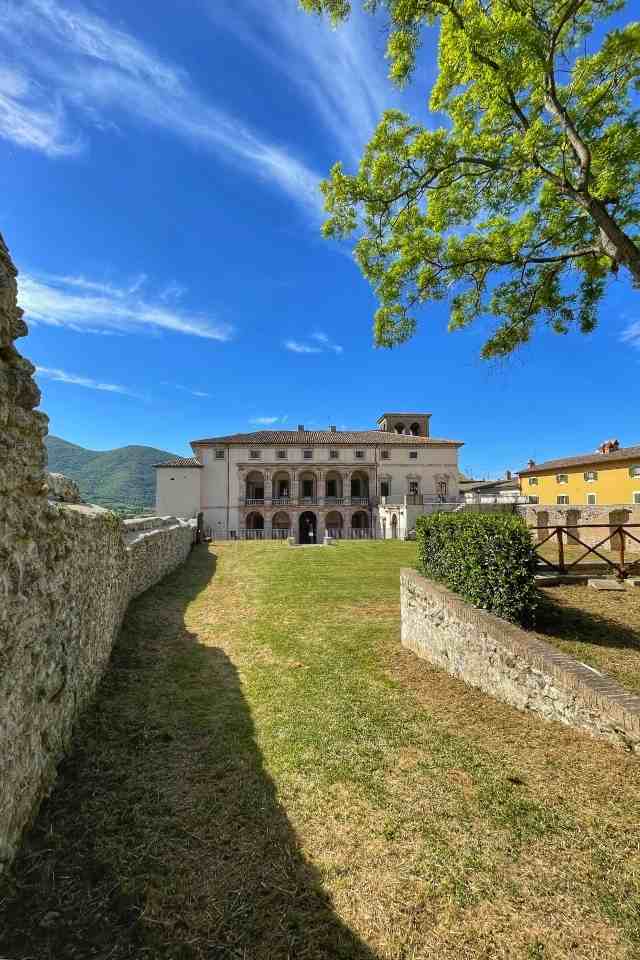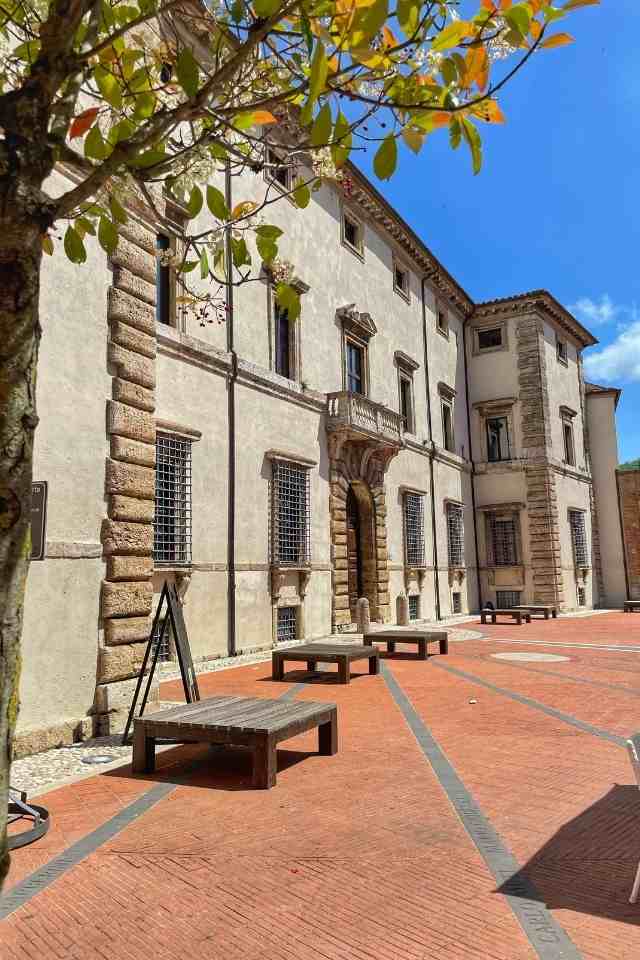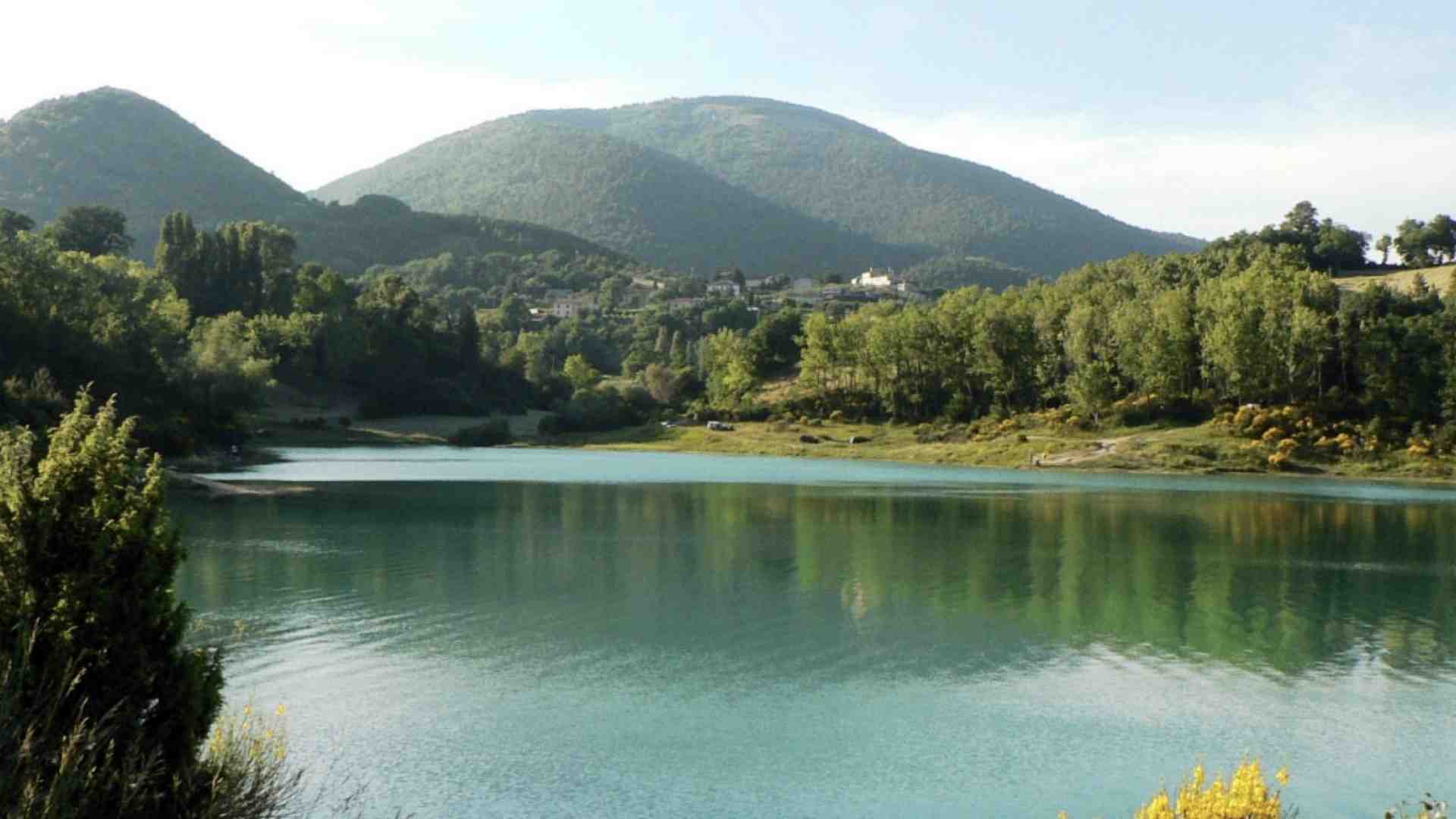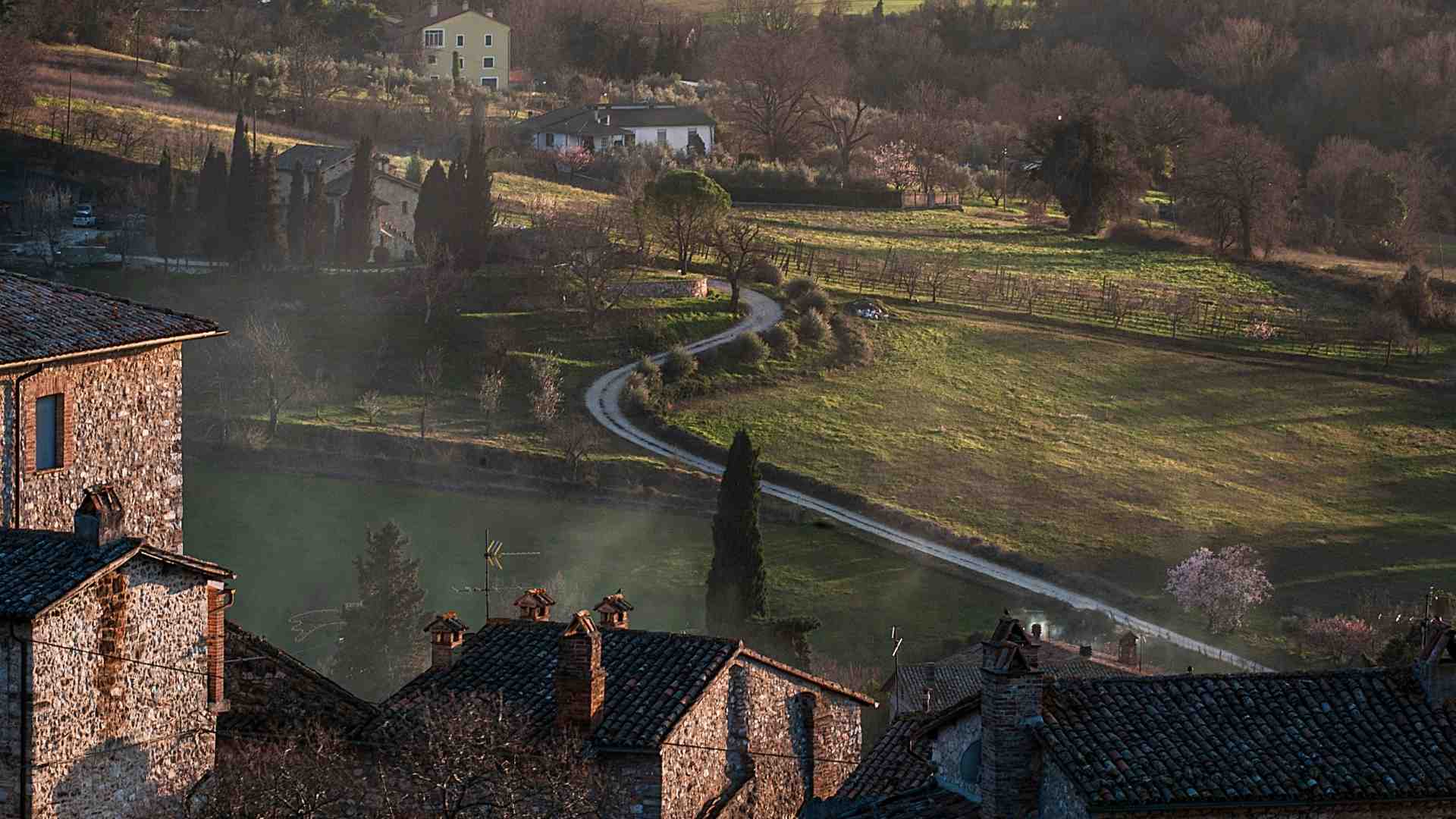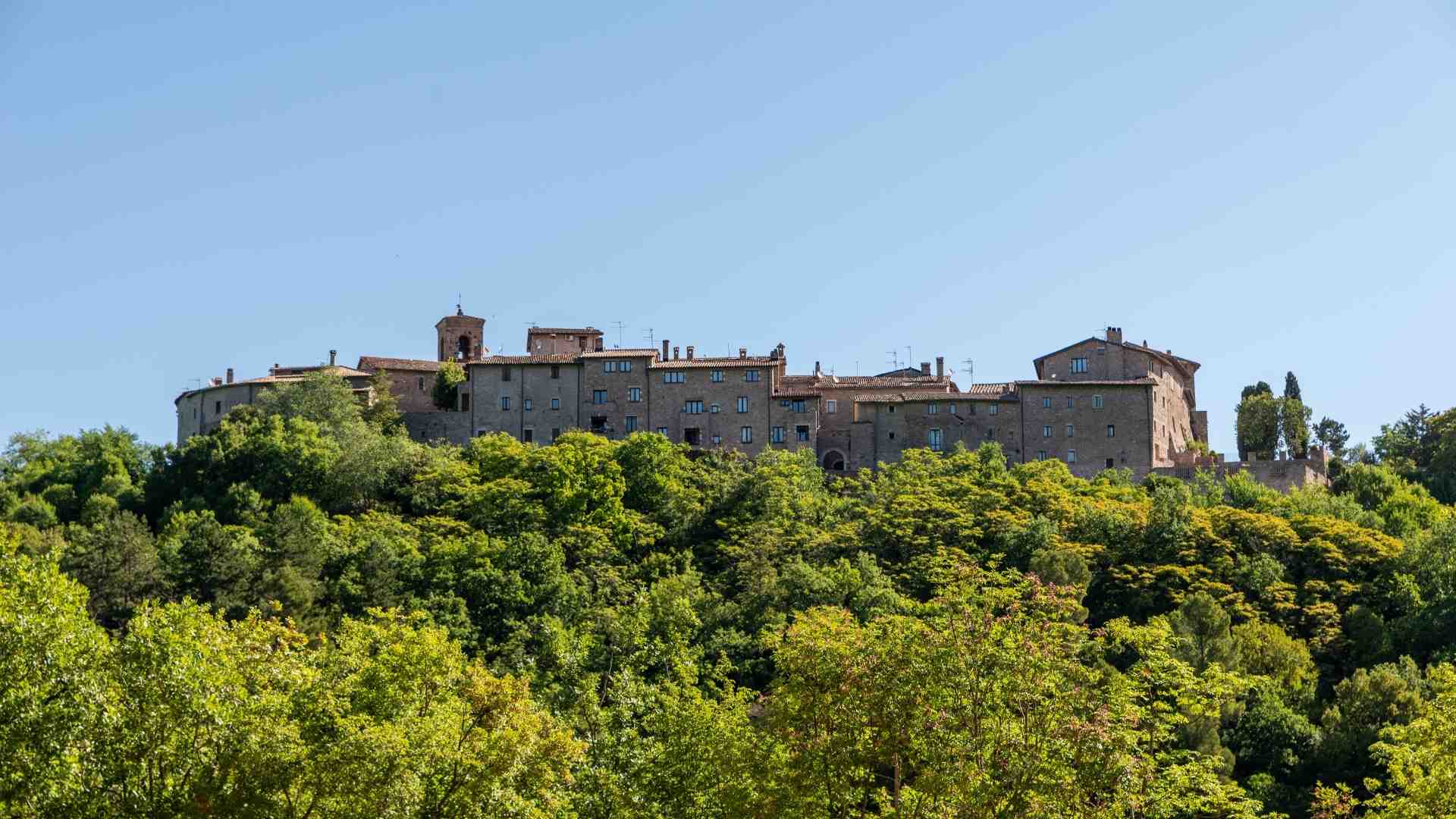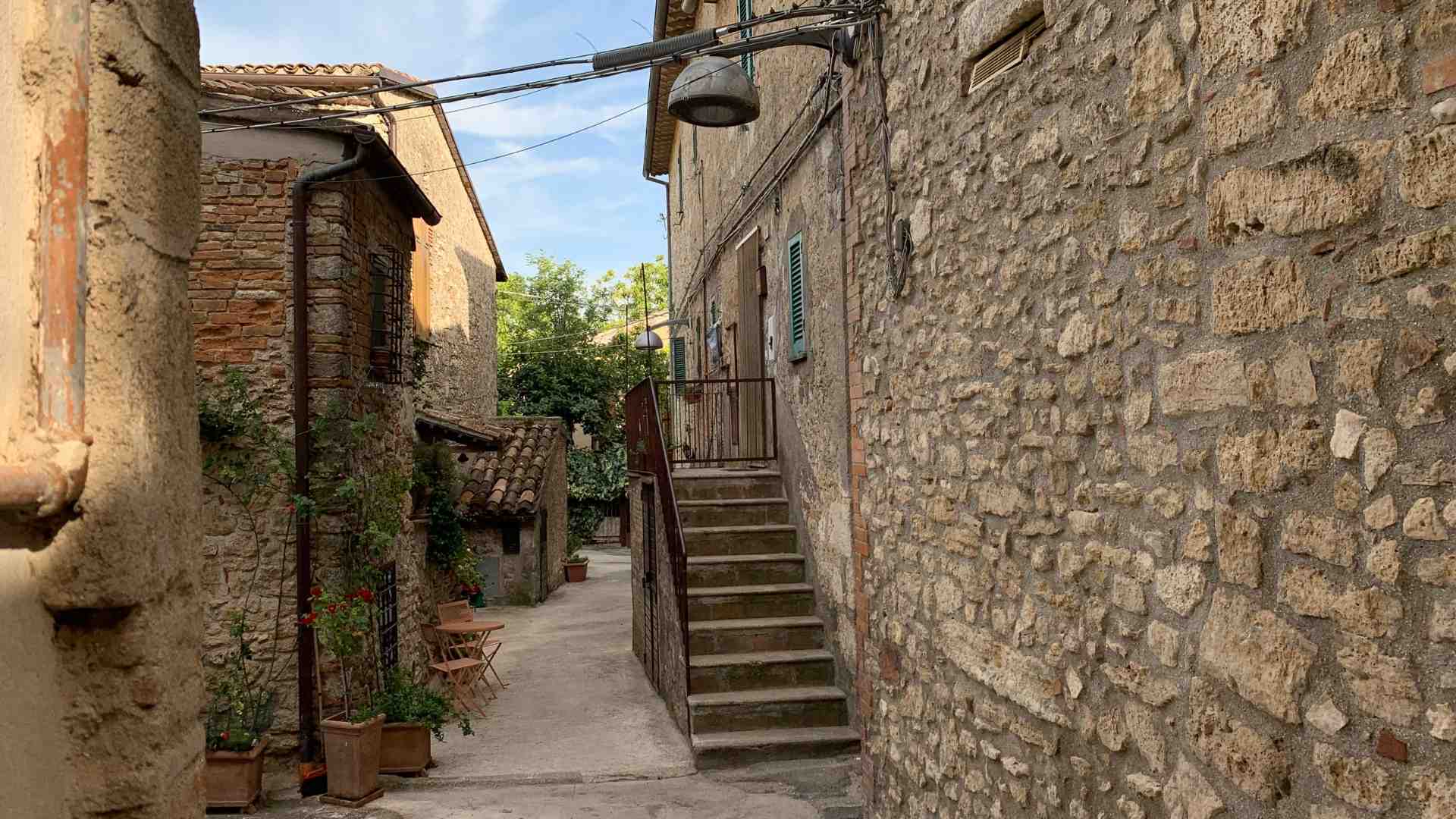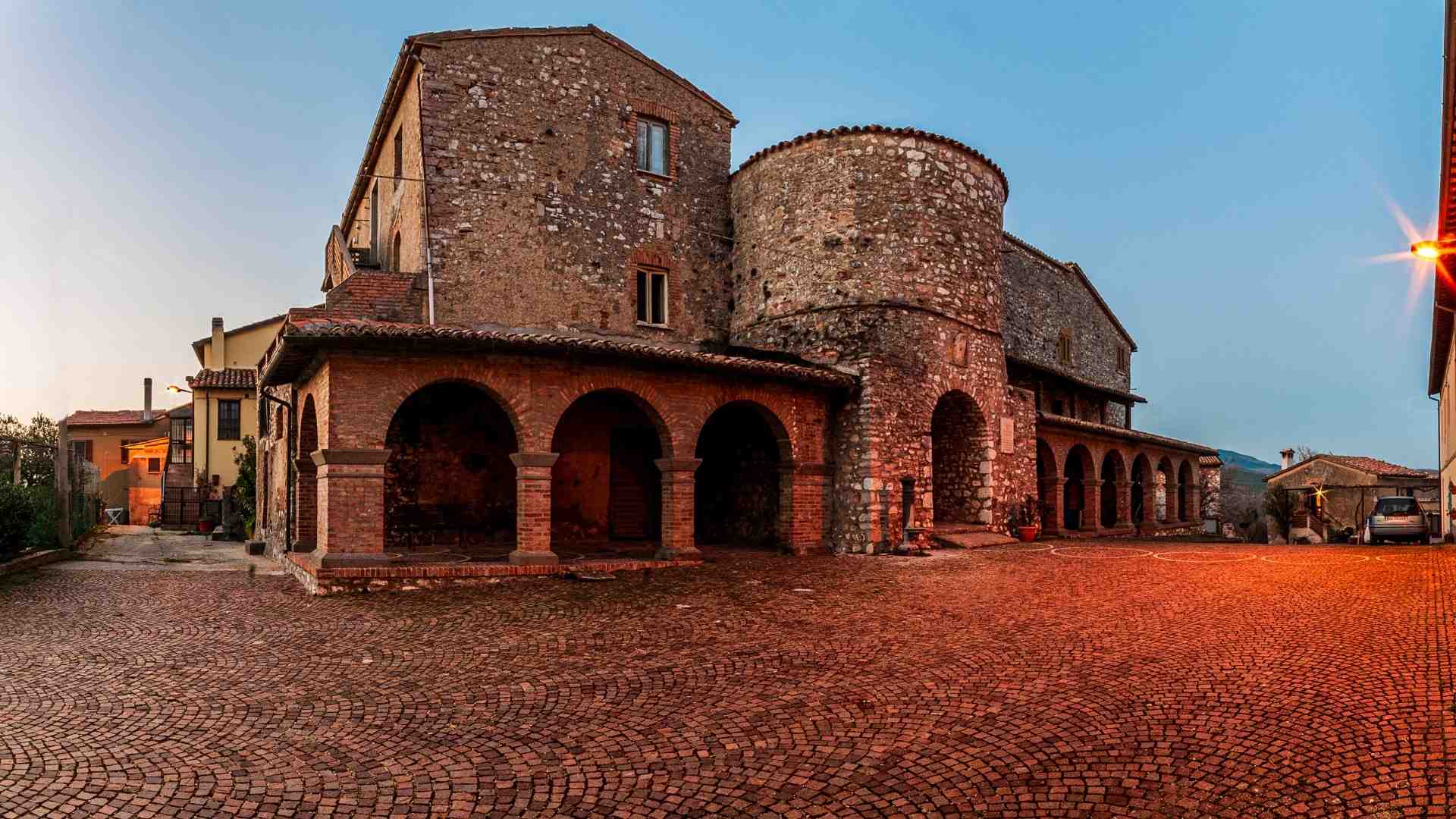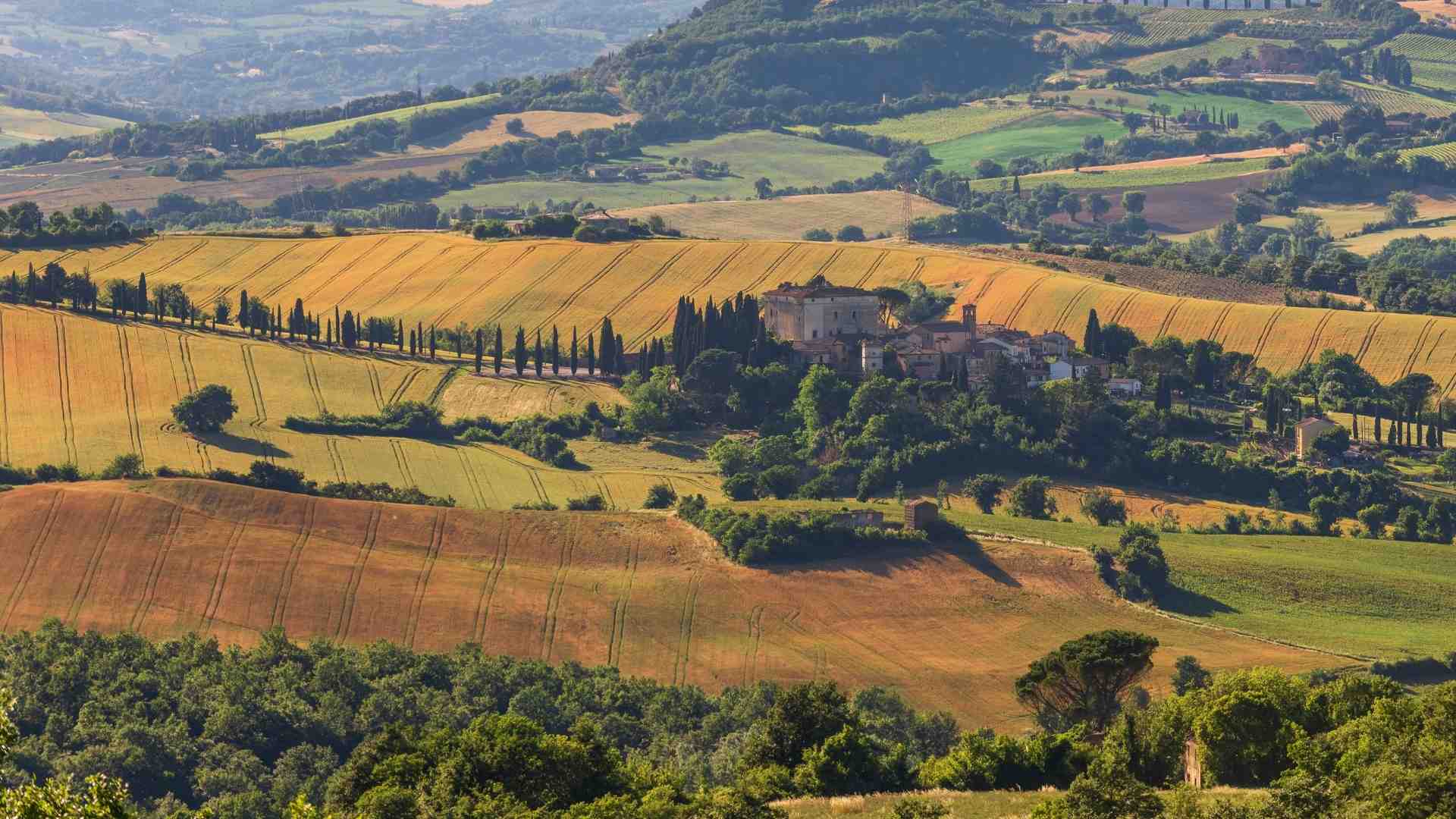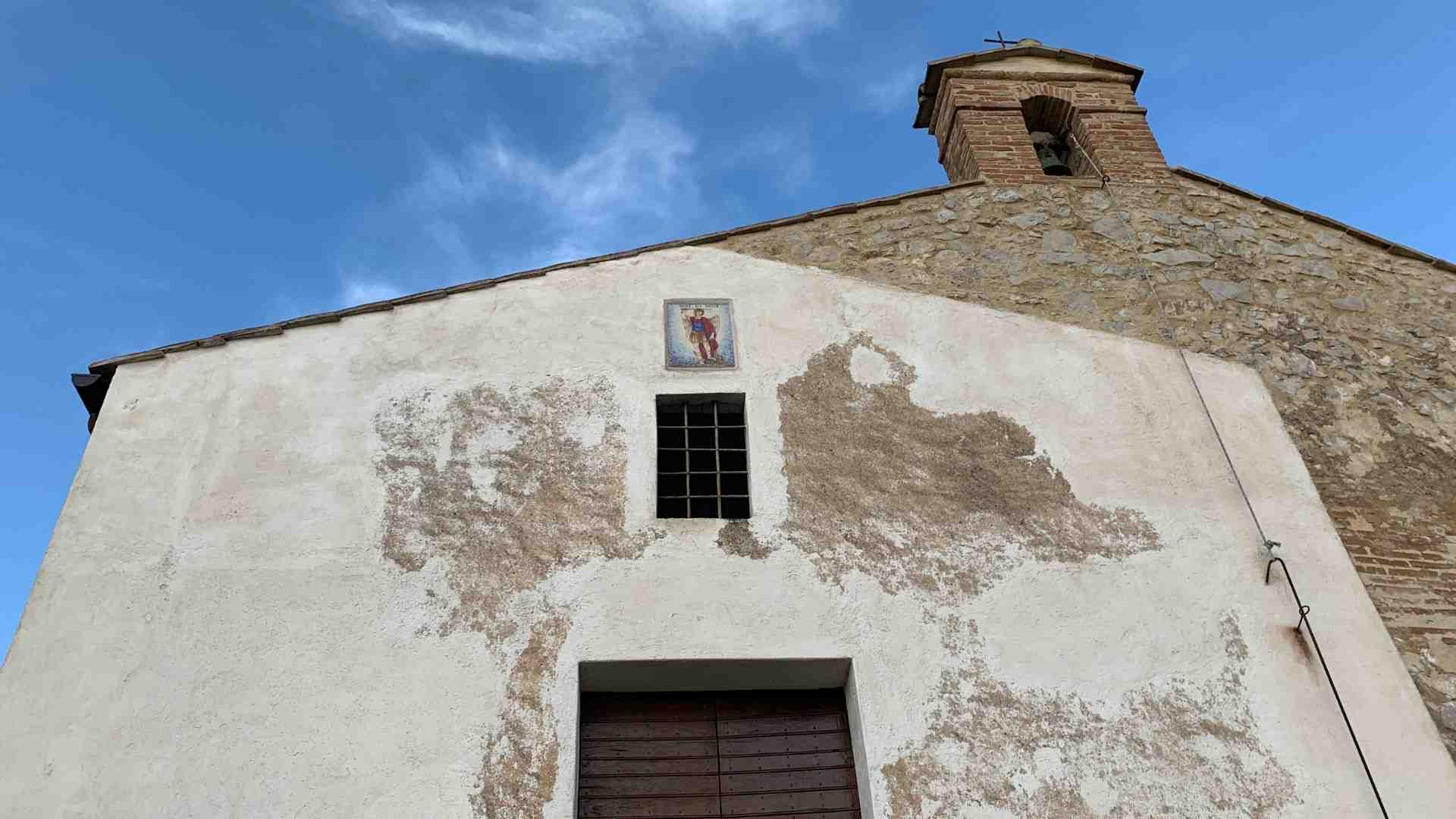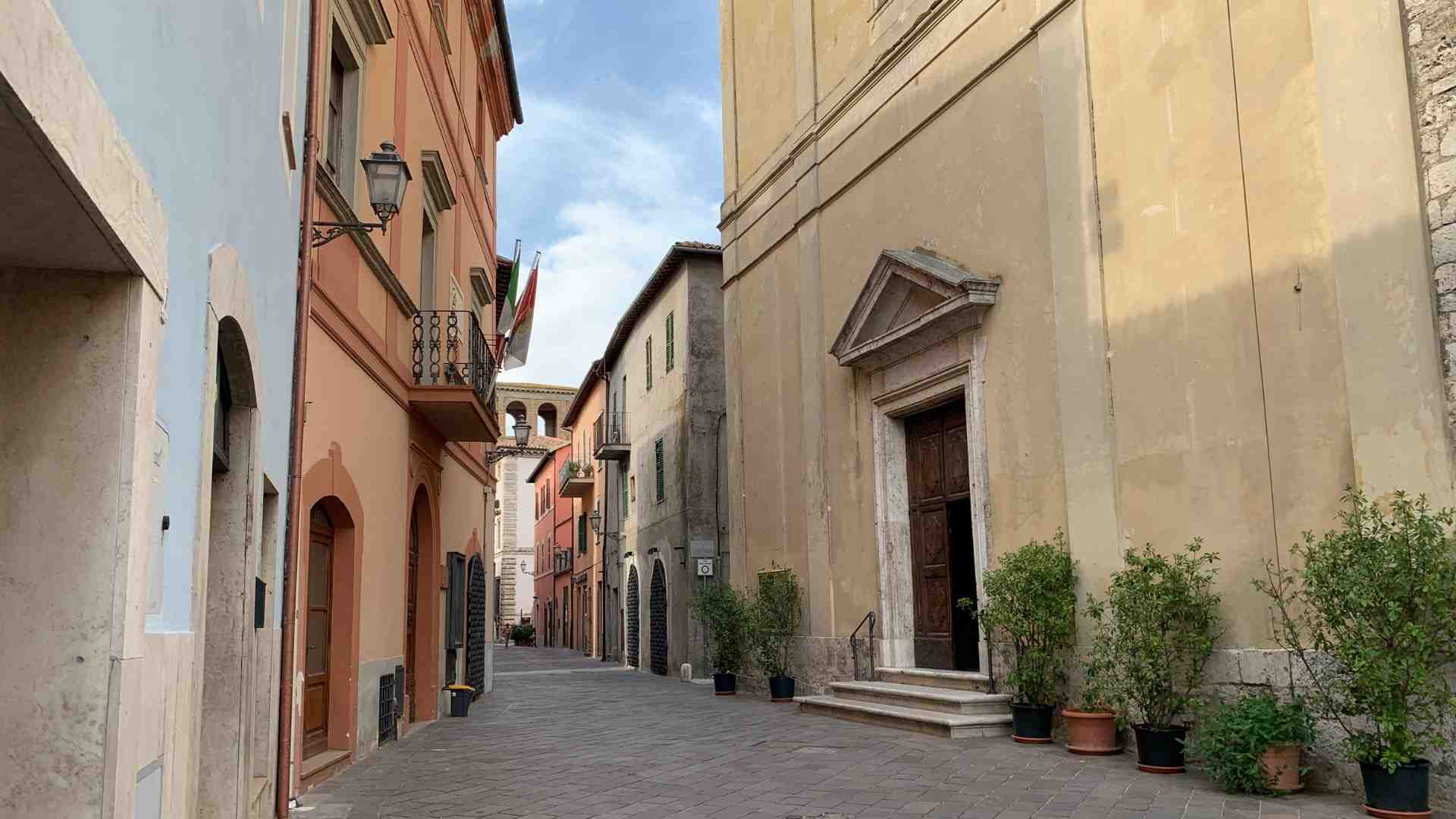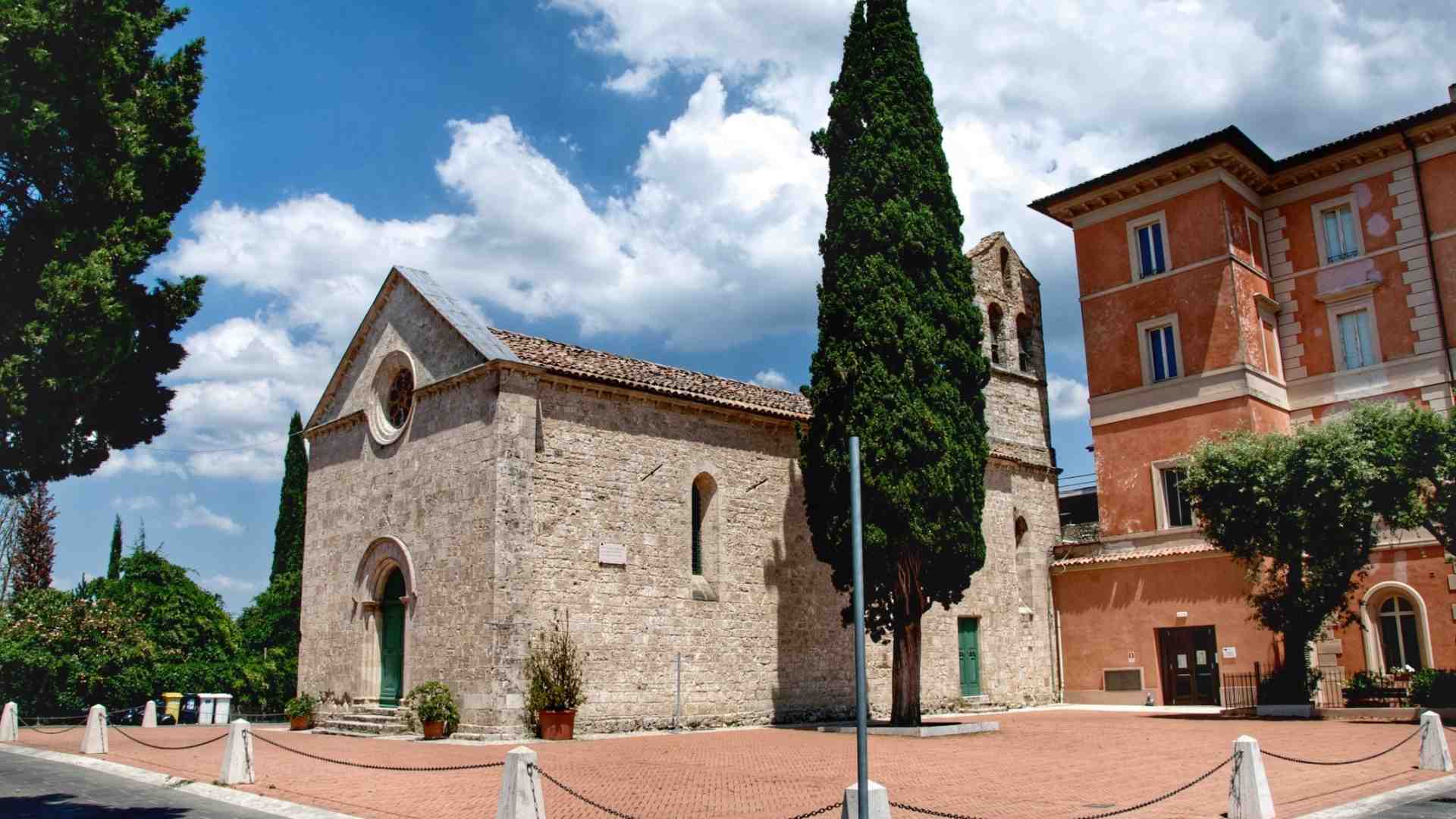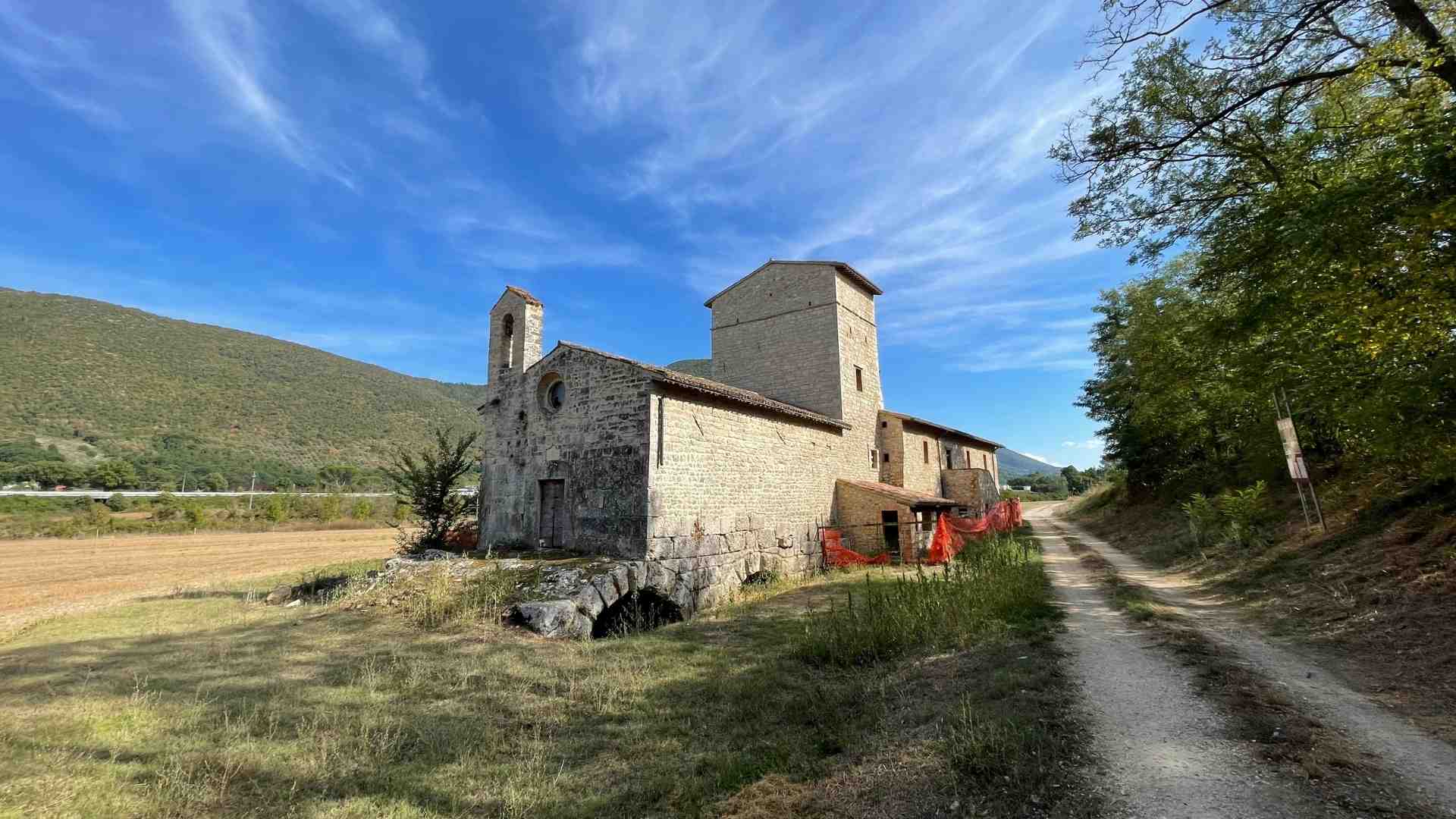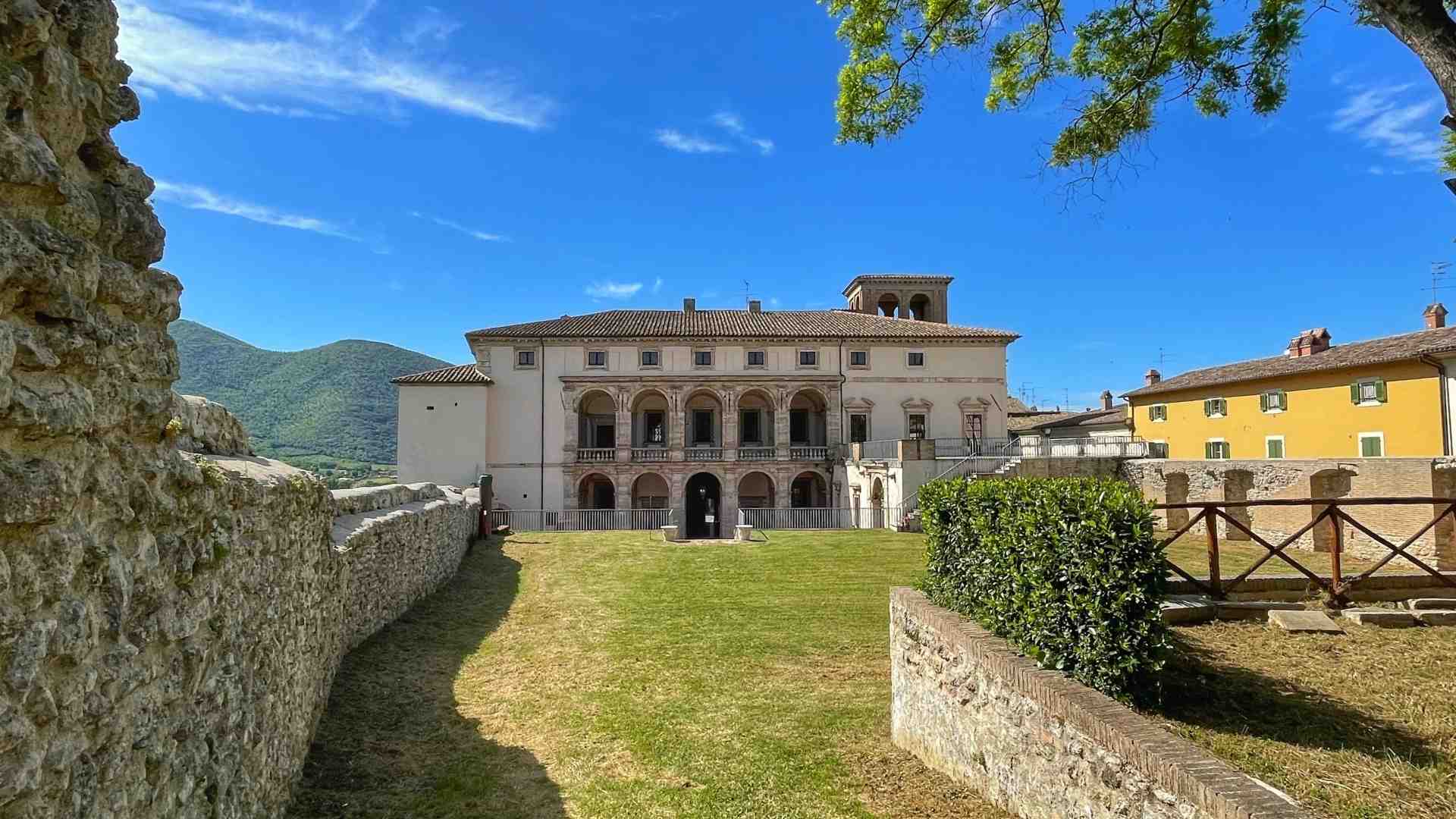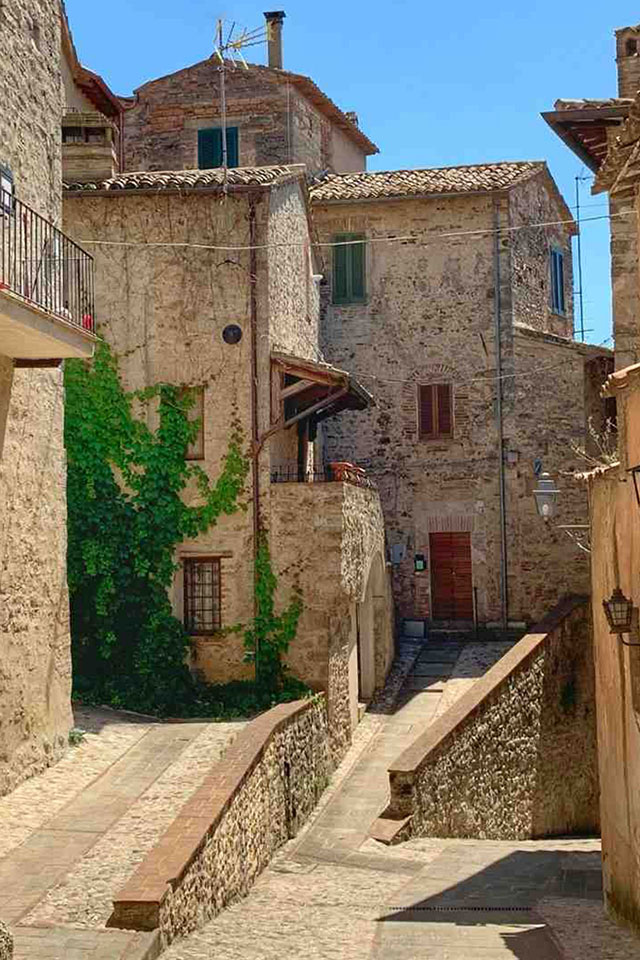In this area, the Roman Censor Flaminio, in the II sec a.C, from Roma, met the springs of Furapane and Amerino and maybe for this reason, builted the ancient consular street, called this place, from this age, acquas partas – to the scattered waters.
In one of the hills around the springs, was born the first agglomeration that started to come out on the firsts documentations around the X sec., when Conte Arnolfo, commissioned the Santa Barbara and San Nicolò abbeys, were born Acquasparta.
On 1002, the Terre Arnolfe, were go under the Church’s control and after one century, on 1115, the Acquasparta’s castle, became property of Farfa’s Abbey under the control of Bentivenga’s family.
Mentioned from Dante in the XII Canto of his Paradise, the Cardinal Matteo Bentivenga of Acquasparta, in 1290, ordered di build the Convent of San Francesco, near of that spring that now we know as Parc of Amerino’s Thermae, where San Francesco blessed the waters when he came. Amerino Water is calcium bicarbonate type, medium mineral and alkaline earth and provides benefit for the gastrointestinal problems, for the biliary tract and for the urinary tract. In addition to being bottled and sold throughout Italy, you can enjoy it from the source, directly in the park.
